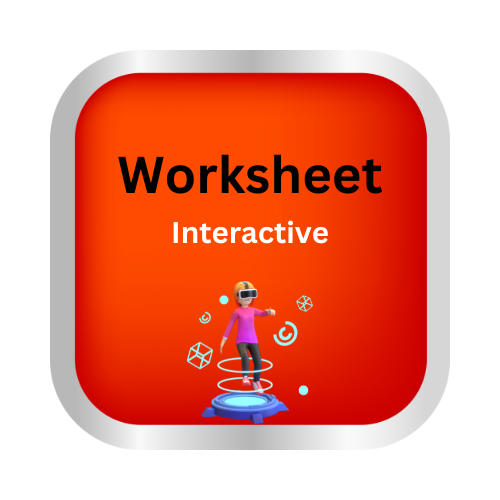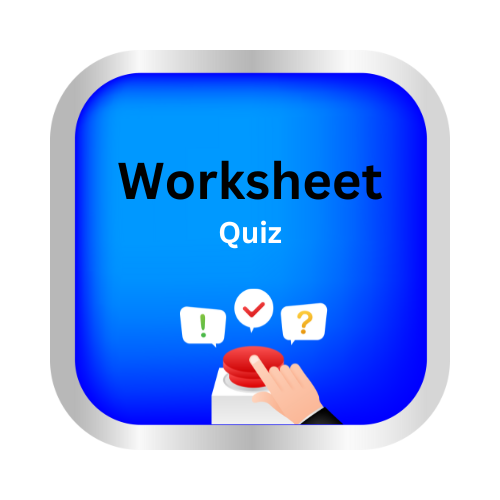Identify main verbs and helping verbs
Key Notes:
📝 Identify Main Verbs and Helping Verbs
| What is a Verb? |
A verb is a word that shows an action or a state of being.
- 💃 Example: run, jump, eat, is, am, are
| Main Verb (Action Verb) |
The main verb tells the main action in the sentence.
It shows what the subject does.
Can stand alone in a sentence.
Examples:
- She runs fast. 🏃♀️
- They eat ice cream. 🍦
- I play football. ⚽
| Helping Verb (Auxiliary Verb) |
A helping verb comes before the main verb.
It helps the main verb to show:
- ✅ Tense (past, present, future)
- ✅ Mood (possibility, ability, permission)
- ✅ Voice (active or passive)
Common Helping Verbs:
- be → am, is, are, was, were
- have → has, have, had
- do → do, does, did
- modal verbs → can, could, will, would, shall, should, may, might, must
Examples:
- She is running fast. 🏃♀️ (is = helping, running = main verb)
- They have eaten ice cream. 🍦 (have = helping, eaten = main verb)
- I can play football. ⚽ (can = helping, play = main verb)
| How to Identify |
Look for the main action → that’s the main verb.
Look for words that come before it to help it → those are helping verbs.
Example:
Sentence: He was reading a book. 📖
- was → helping verb
- reading → main verb
| Tips to Remember |
- Every sentence has a main verb ✅
- Helping verbs cannot stand alone ❌
- Helping verbs always work with main verbs 🤝
| ✨ Fun Practice: |
Underline the main verbs and circle the helping verbs:
- She is singing beautifully. 🎤
- They have finished their homework. 📚
- I will call you tomorrow. 📞
Let’s practice!

